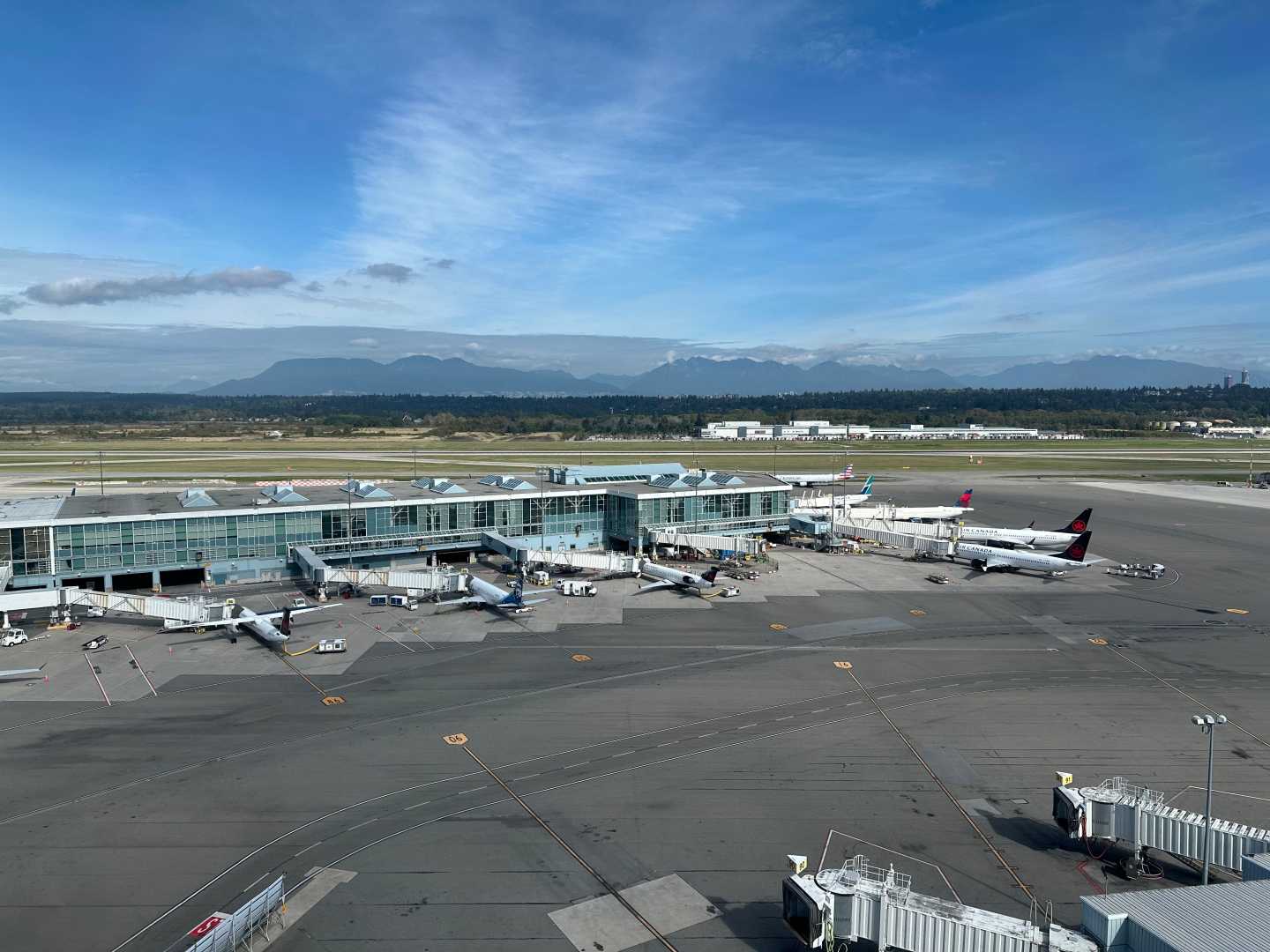Business
Airlines Slash Capacity as Canadian Travelers Skip U.S. Destinations

OTTAWA, Canada — Recent data from travel data firm OAG indicates a significant decrease in airline capacity between Canada and the United States as summer approaches, with a notable decline in forward bookings.
As of March 24, airlines have removed over 320,000 scheduled one-way seats for travel between the two countries up to the end of October 2025. This reduction represents an overall capacity cut of approximately 3.5% during the peak summer months of July and August, according to OAG’s analysis.
“This sharp drop suggests that travelers are holding off on making reservations, likely due to ongoing uncertainty surrounding the broader trade dispute,” said John Grant, OAG’s chief analyst.
In contrast to the reduced capacity to the U.S., Canadian airline WestJet has expanded its routes to Europe, adding 114 flights, focusing on destinations like Dublin and Edinburgh. This adjustment reflects the airline’s response to shifting demand, as fewer Canadians appear willing to travel to the U.S.
Air Canada, on the other hand, has reported larger proportions of traffic that typically connect through U.S. hubs, complicating its ability to manage cancellations and changes. The airline cut 468 flights, or 8.2%, and Flair Airlines has trimmed more than a third of its flight schedules in light of the declining demand.
The decline in bookings is severe; forward booking data reveals a staggering decrease of over 70% in flight reservations for each month leading up to September, compared to the previous year. Similar data from Cirium shows a 23% drop-off in bookings from Canadian cities to key U.S. destinations such as New York, Miami, Denver, Chicago, and Los Angeles.
Despite the challenges within this major travel market, airlines are making efforts to stimulate demand, offering competitive airfares, particularly as the traditional winter travel season approaches.
As a result, the broader implications of deteriorating travel relations could affect both Canadian tourists choosing to forgo U.S. vacations and American visitors from other countries who might follow suit. “The law of unintended consequences is again affecting the airline industry, adding to the market’s softening,” noted an unnamed industry expert.
The concerns extend beyond the immediate short-term impacts. For instance, a Canadian tourism revenue forecast by Tourism Economics was revised down from a projected 9% increase in international visitors to the U.S. this year to a decrease of 5%, which reflects the repercussions of rising trade tensions.
Political factors are further contributing to the downturn. After the announcement of tariffs by the Trump administration, Canadian Prime Minister Mark Carney expressed discontent, labeling them as unjustified and a breach of trade agreements.
Carney stated on March 22, “The old relationship we had with the United States based on deepening integration of our economies and tight security and military cooperation is over.” He is set to discuss a coordinated response with provincial leaders and business figures to combat this trend.
Travel industry stakeholders in the United States have expressed concern about the potential future impacts of these trends, as they threaten to exacerbate the existing $50 billion travel deficit. The U.S. Travel Association recently stated that issues related to America’s receptiveness, a slowing economy, and safety concerns must be addressed to maintain competitiveness.
Meanwhile, cross-border travel data indicates a decline; Canadians’ return flights to their country fell by 13% year-over-year, while car trips dropped by 23%. In areas like Bellingham, Washington, hotel demand is down by 8%, indicating a broader trend of declining consumer interest.
Amidst these challenges, some travelers are pivoting to international destinations; Lara Harbachian of Montreal, for instance, opted for a trip to Barcelona over U.S. cities due to more favorable costs.
As airlines continue to adjust strategies, the situation serves as a reminder of the fragility of the international travel market, especially in light of evolving political climates and economic factors.












